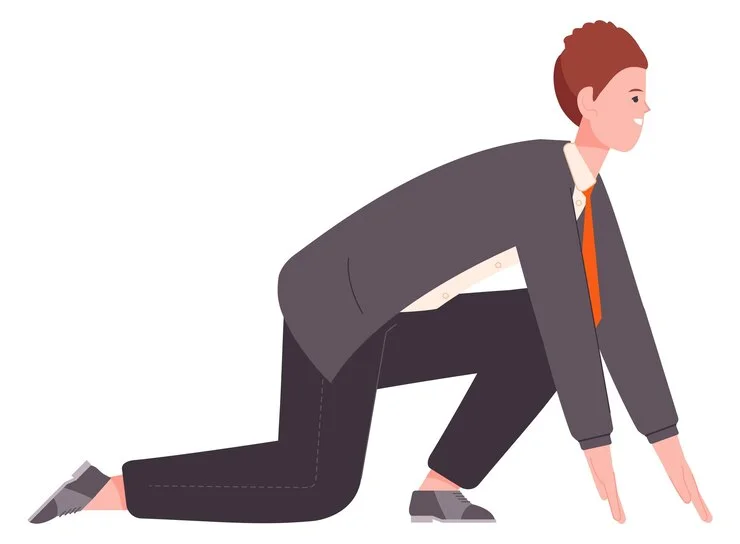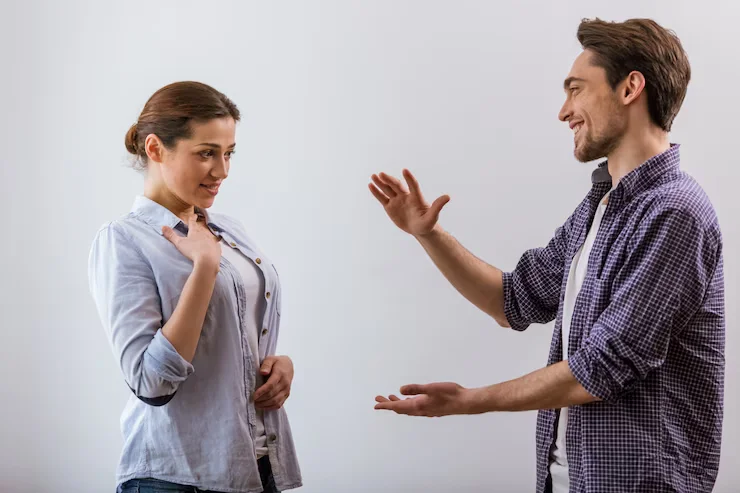Decoding the Unspoken: 8 Psychological Tips for Reading Human Body Language
Understanding human body language is like peering into the window of someone’s thoughts. The subtle cues people give through their posture, gestures, and expressions can reveal volumes about their emotions, intentions, and reactions. In this blog post, we’ll delve into eight insightful psychological tips for decoding the unspoken language of the body.
1. Crossed Arms: The Shield of Unwillingness
People often cross their arms and legs unconsciously, creating a shield that speaks volumes. Psychologists suggest that this posture indicates mental, physical, and emotional reservations. While someone may claim attentiveness verbally, their crossed limbs reveal a different truth – a reluctance to fully embrace the speaker’s message.
2. Bend Forward: The Dance of Interest
Leaning forward is a commonly used body language signifying interest. The closer one gets, the more engaged they are in the conversation. This positive listening position not only conveys attentiveness but also fosters a sense of receptivity, friendliness, and genuine comfort.
3. Glancing at the Watch: The Ticking of Disinterest
Repeatedly checking the time during a conversation sends clear signals. It may indicate a lack of interest, a desire to conclude the discussion swiftly, or an attempt to communicate impatience. This non-verbal cue also offers insights into the listener’s urgency or reluctance to prolong the conversation.
4. Stepping Back: The Uncomfortable Retreat
When a listener steps backward during a conversation, it often signals discomfort or disinterest in the topic. This body language can be disheartening for the speaker, causing feelings of rejection. Such behavior may deter the speaker from revisiting the subject in future interactions.
5. Eyes Blinking with a Genuine Smile: The Authentic Expression
While facial expressions can be misleading, the eyes often reveal the truth. A genuine smile involves the entire face, including the eyes. Observing for crow’s feet in the corners of the eyes can help distinguish a true smile from a façade. Eyes become a reliable mirror reflecting sincerity or hidden intentions.
6. Eyes Don’t Lie: The Truthful Gaze
The saying “look me in the eye” holds weight. Genuine eye contact is associated with honesty, but some may purposefully maintain eye contact while lying. Uncomfortable stares may hint at deception, making prolonged silence and lack of blinking potential indicators of untruthfulness.
7. Raised Eyebrows: Emotions Unveiled
Raised eyebrows are linked to emotions such as anxiety, surprise, and fear. In the absence of a heated discussion or poor communication, raised eyebrows may signify that something is amiss. Recognizing these cues allows for a deeper understanding of the emotional dynamics at play.
8. Excessive Boredom: The Quest for Approval
An audience member displaying excessive boredom may not necessarily be disinterested. Instead, it could signal a desire for approval. Persistent head shaking may suggest an eagerness to convey understanding and agreement, even if it risks being misconstrued.
In conclusion, the words of American author Sarah Orne Jewett ring true: “Tact is, after all, a kind of mind-reading.” The ability to decipher body language is a form of tact, enabling us to understand others on a deeper level by analyzing their unspoken communication.

